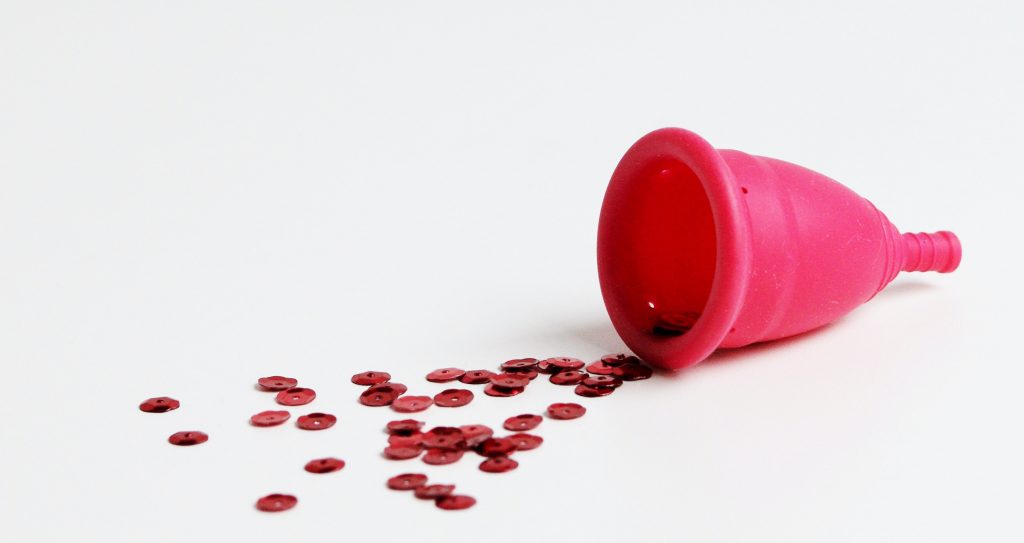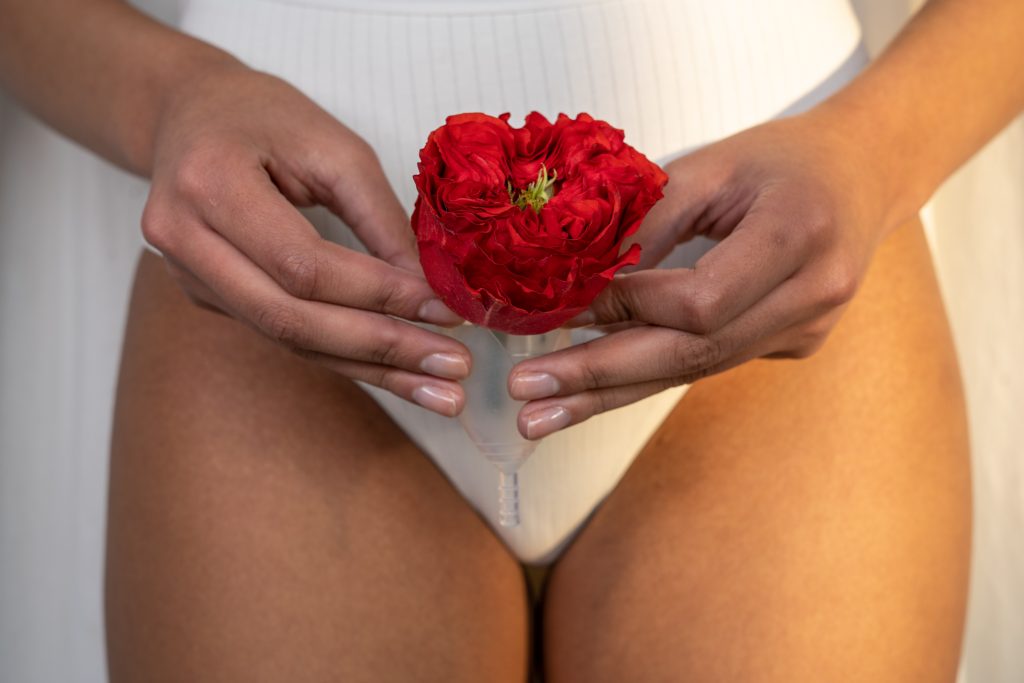Let’s be honest, running isn’t always easy at the best of times. Add in the bloating, cramps, fatigue and general hormonal chaos of your period, and it can feel like your body is totally working against you. But here’s the good news – with a bit of planning, knowledge and kindness to yourself, running during your period is possible. In fact, it can actually help relieve some of those unwanted symptoms too.
Everyone’s experience is different and it’s important to do what feels right for you. Some runners find that sticking to their routine helps them feel better, while others prefer to rest and recharge. There’s no right or wrong – just what works for your body.
So let’s break it all down – from understanding your cycle to practical tips on how to keep running strong, no matter what time of the month it is.
Understanding Your Menstrual Cycle
The menstrual cycle is usually around 28 days long and has four main phases. Hormonal shifts during each phase can affect your mood, energy, and ultimately, your running performance.
Menstruation (Days 1–5)
This is when your period actually happens. Hormone levels (mainly estrogen and progesterone) are at their lowest, which can leave you feeling tired, crampy and generally not in the mood for a run. If you’re experiencing pain, bloating or low energy, don’t push yourself too hard. Gentle movement can help, but it’s okay to dial things back.
Follicular Phase (Days 6–14)
Hormones start to rise again, especially estrogen, giving you more energy and mental focus. This is usually a great time to schedule in your tougher training sessions like speed work or long runs. You might feel stronger and more motivated, so take advantage of it!
Ovulation (Around Day 14)
Estrogen peaks just before ovulation, so your energy levels can still be high. You might feel like a total powerhouse – but some women also experience bloating or a slight dip in coordination here. Keep an eye on how you’re feeling and don’t stress if your run feels a little “off.”
Luteal Phase (Days 15–28)
After ovulation, progesterone rises, which can bring with it fatigue, mood swings, and even digestive issues. Many runners find this the hardest part of the cycle. You might feel heavy-legged or a bit ‘meh’ on your runs. It’s a good time to lean into recovery sessions, slow miles and being kind to yourself.

How Hormones Impact Your Running
Understanding how your body changes throughout the month can help you train smarter, not harder. Here’s what’s going on:
- Energy Levels: It’s totally normal to have days where your motivation is in the gutter. Your hormones are responsible for that! Plan your harder workouts during the follicular phase, and ease off during your period or late luteal phase.
- Hydration & Bloating: Hormonal shifts affect fluid retention, especially in the lead-up to your period. Make hydration a priority and don’t panic if you feel puffier than usual.
- Cramping & Pain: Running can help relieve cramps thanks to increased blood flow and endorphin release. But if they’re bad, it’s fine to rest.
- Performance Dips: Don’t beat yourself up if you’re slower or struggle more on certain days. It’s not a lack of fitness – it’s biology.

Tips for running on your period
Running on your period doesn’t have to be a miserable experience. These tips can help you feel more comfortable and confident, whether you’re heading out for a jog or lining up at a race start line.
- Track Your Cycle: Use an app like Clue or Flo to track your cycle and symptoms. Not only does this help you plan your training more effectively, it also helps you notice patterns – like when you’re likely to feel strong or when you might want to ease off.
- Listen to Your Body This is your biggest superpower. If your body is screaming for rest, give it rest. If a slow, easy run sounds good, go for it. Some movement is often better than none — but only if it feels right.
- Fuel Smart During your period, your body loses iron, so make sure you’re eating iron-rich foods like leafy greens, red meat, lentils and fortified cereals. Magnesium (found in nuts, seeds and dark chocolate) can help with cramps and energy too.
- Hydrate Like a Pro Staying hydrated can help with bloating, cramps, and fatigue. Aim to drink water throughout the day, not just before or after your run.
- Dress for Comfort Choose high-waisted, supportive leggings or shorts and breathable, moisture-wicking fabrics. A dark pair of shorts can give you that little extra peace of mind on heavier days. If you use sanitary products, find what works for you on the move — period pants, tampons, pads or menstrual cups.
- Pain Relief is Okay If you get bad cramps or backache, over-the-counter pain relief like ibuprofen or paracetamol can help. Just check with your GP if you’re unsure or have other conditions.
- Don’t Let It Knock Your Confidence You are not ‘less’ of a runner because of your period. In fact, understanding how to work with your cycle, instead of ignoring it, can be a real performance booster.
Running on your period might not always be your favourite thing to do, but it’s absolutely possible and sometimes it can even help you feel better. Everyone’s cycle is different, so it might take a bit of trial and error to figure out what works best for you. Some months you’ll feel fine, others you might want to pull back. That’s okay. Flexibility is part of long-term success, especially in running.
So whether you’re marathon training, chasing a parkrun PB, or just heading out for a head-clearing jog, don’t let your period hold you back. You’ve got this – period or no period.


